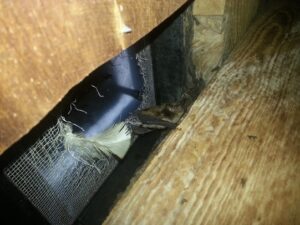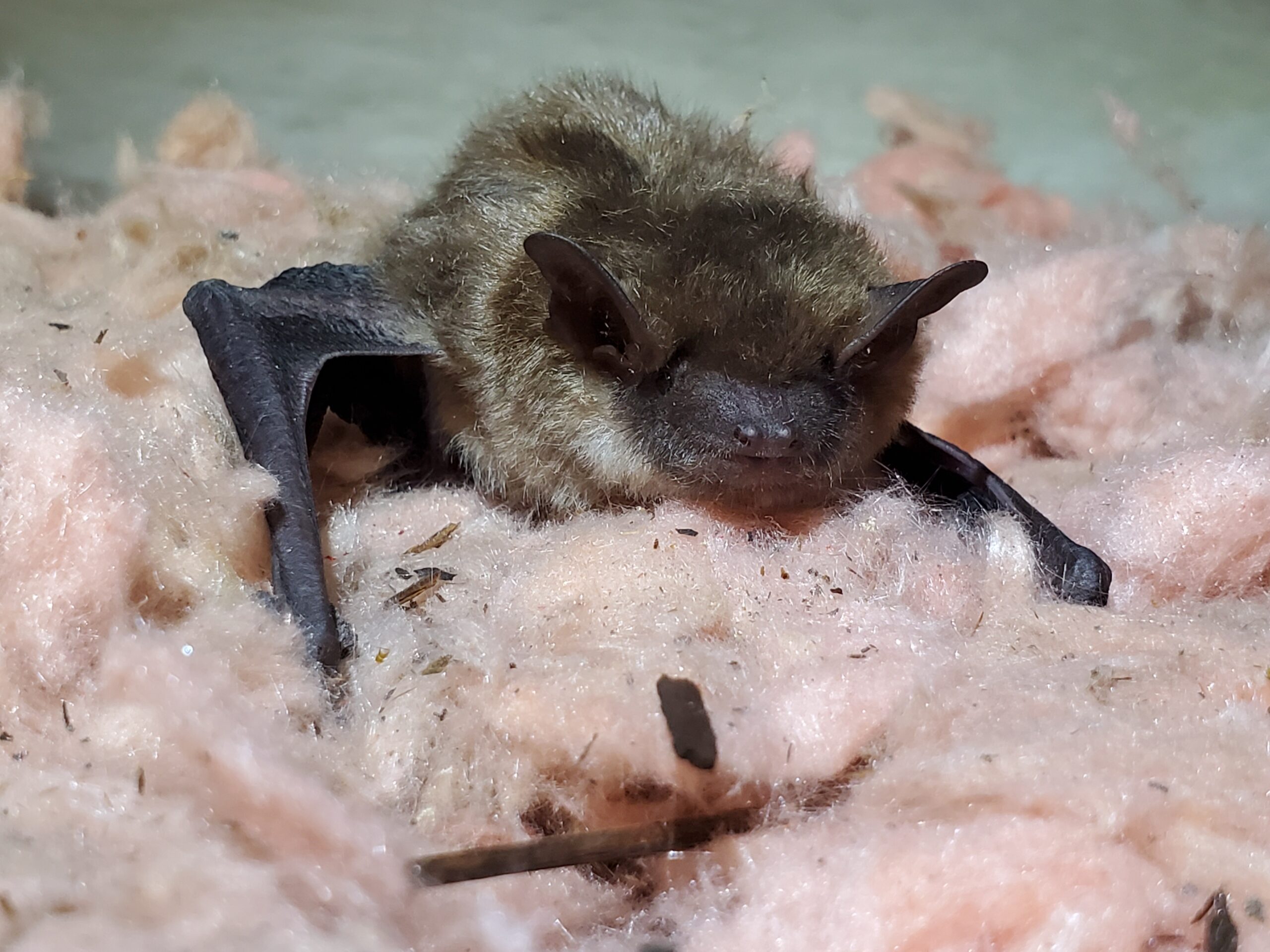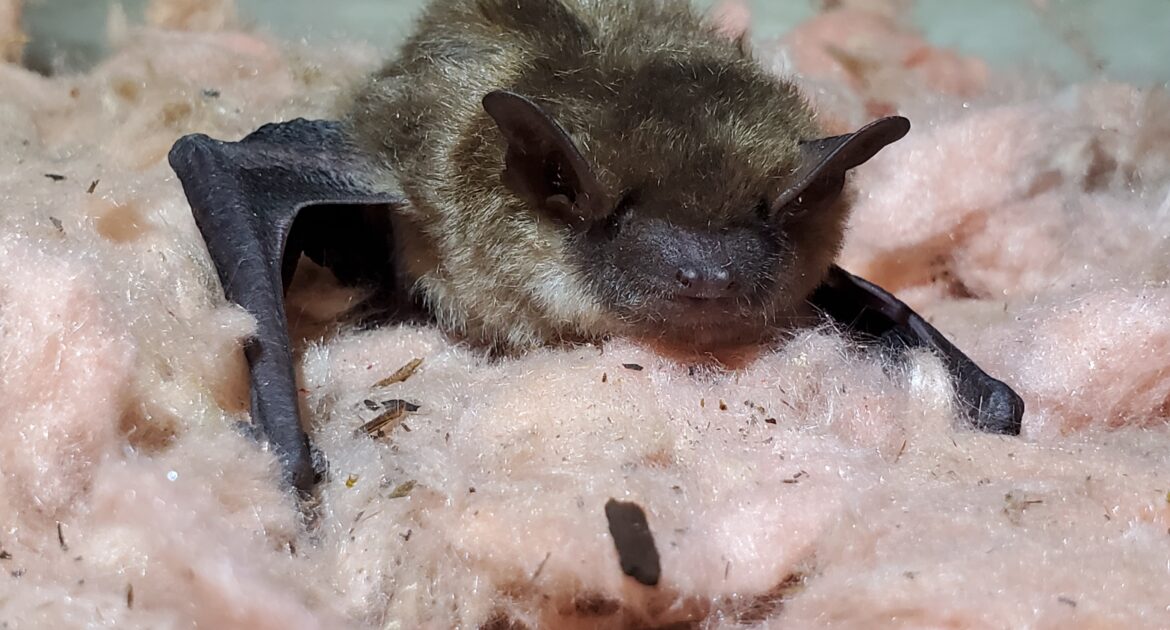When it comes to pollination and insect control, bats are helpful creatures with an important role to play in the ecosystem. However, if bats roost in your house, you should not leave them there. While North American bats do not bite humans without provocation, they can spread diseases through their droppings, which is reason enough to call bat control to have them removed.
Bats can also harbor parasites that can be harmful to humans as well. For example, bats can carry bed bugs. Having the bats removed from your home helps prevent an infestation of bed bugs and other parasites.
Is There a Difference Between Bat Bed Bugs and the Regular Kind?
The bed bugs that bite bats are a different species from those that normally pester humans. To the untrained eye, the different types of bed bugs look identical to one another. However, if you were to examine both species under a microscope, you would find that the hairs on the thorax and head of a bat bed bug are longer than those on the head of a bed bug that feeds on humans.
How Did the Different Species of Bed Bugs Come About?
In prehistoric times, human beings lived in caves alongside bats. It is theorized that bed bugs originally fed on bats but that, over time, some of the bed bugs adapted to bite humans instead. These eventually evolved into a new species that feeds primarily on humans. Once the human beings left the caves behind and started living elsewhere, the bed bugs came with them and continued biting them as they slept and then hid in dark corners and crevices during the day. In the meantime, the bat parasites stayed in the cave and continued feeding on their preferred hosts.

Do Bat Bed Bugs Bite Humans?
The different species of bed bugs have evolved in such a way that they prefer to feed on the host that they have adapted to. Therefore, a bug that feeds on bats will not bite humans as long as the flying mammals are available, and vice versa.
However, if there is none of the bed bugs’ preferred food available, they will make do with the hosts they have rather than starving to death. In other words, if there were once bats in your attic and now there are not, either because they migrated, died, or were subject to wildlife removal in Vaughan, any bed bugs that were left behind might decide to bite you, your family, or your pets in the interest of survival.
How Can You Keep Bats Out of Your Home?
Because the bed bugs that bats carry may remain in your home after they have departed, it is best to prevent bats from getting inside in the first place. Bats that roost in homes are typically looking for places to raise their young that are warm, well-protected, and highly accessible. Therefore, the best way to keep bats out of your home is to restrict access. This means inspecting the walls and the roofs for any cracks, gaps, or holes that would allow bats to get in. Don’t ignore small holes because bats only need an opening of three-eighths of an inch to get inside. Use covers and caps over air vents and chimneys, and don’t leave the windows open at night.
What if Bats Do Get in?
Bats are protected species and it is illegal to harm them. It is also not safe to attempt to remove them yourself. Fortunately, bat removal is one of the many wildlife removal services that Skedaddle provides in Vaughan. Contact us as soon as you discover the bats in your home, and we will make a plan for removing them from your property and preventing them from coming back.




